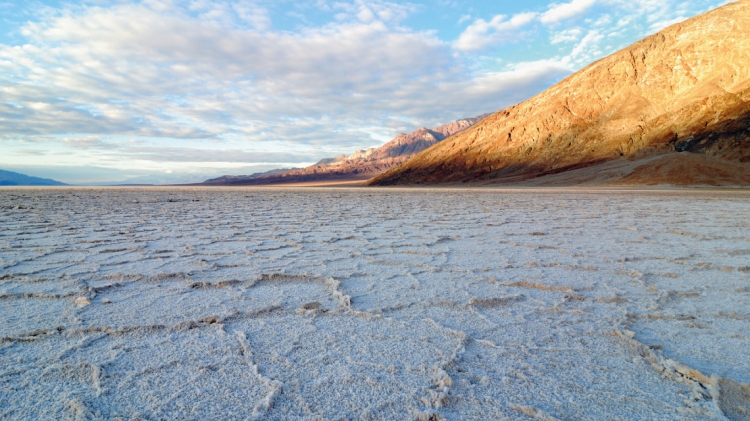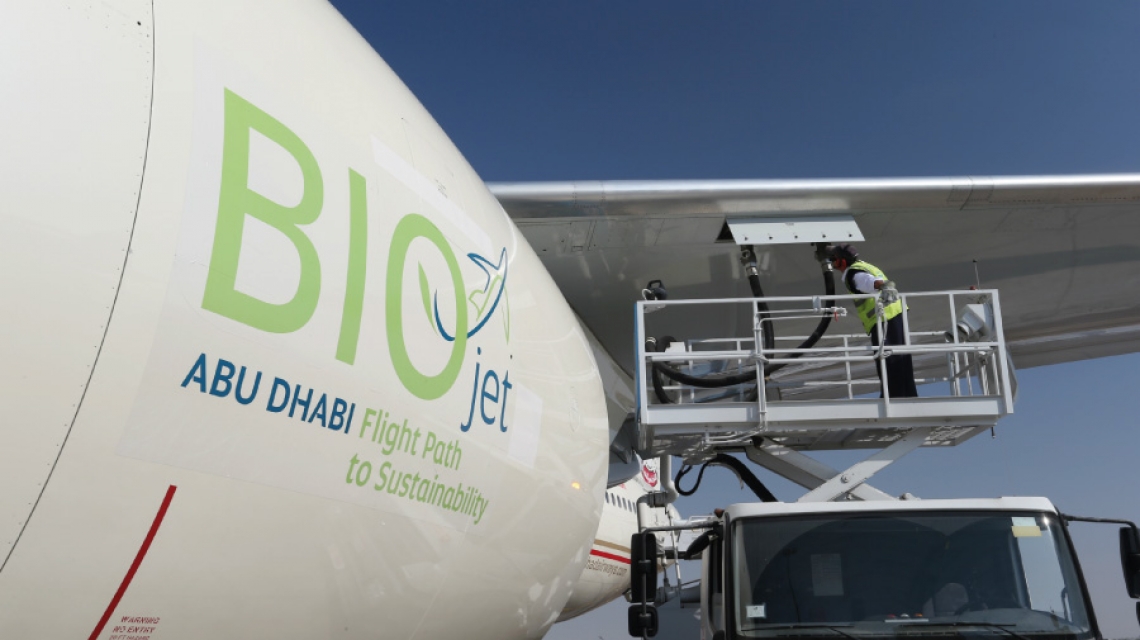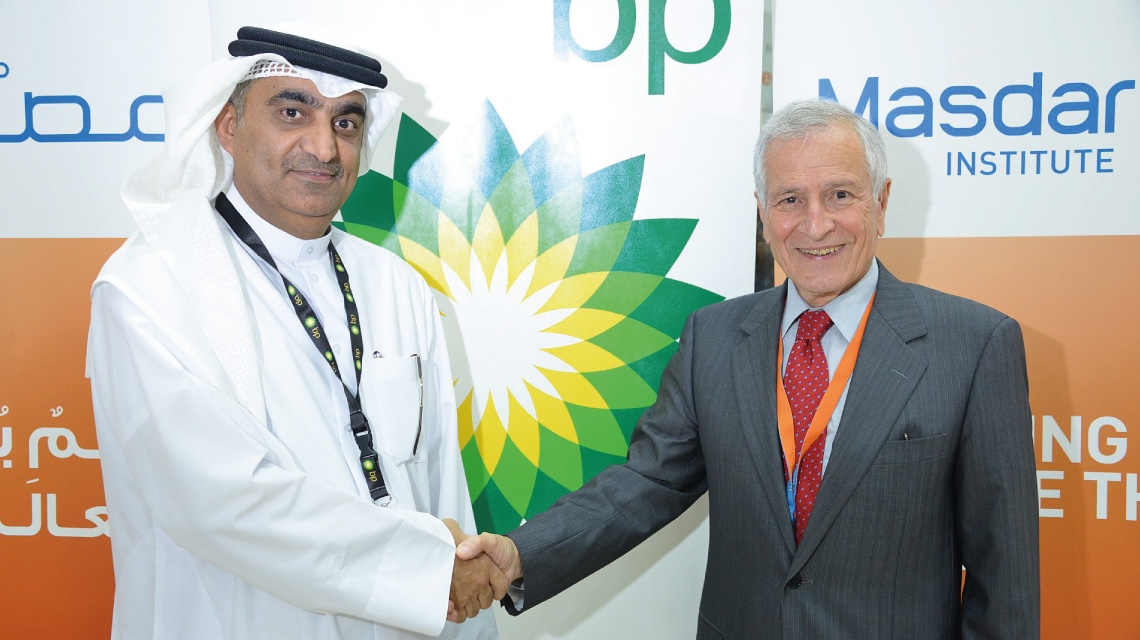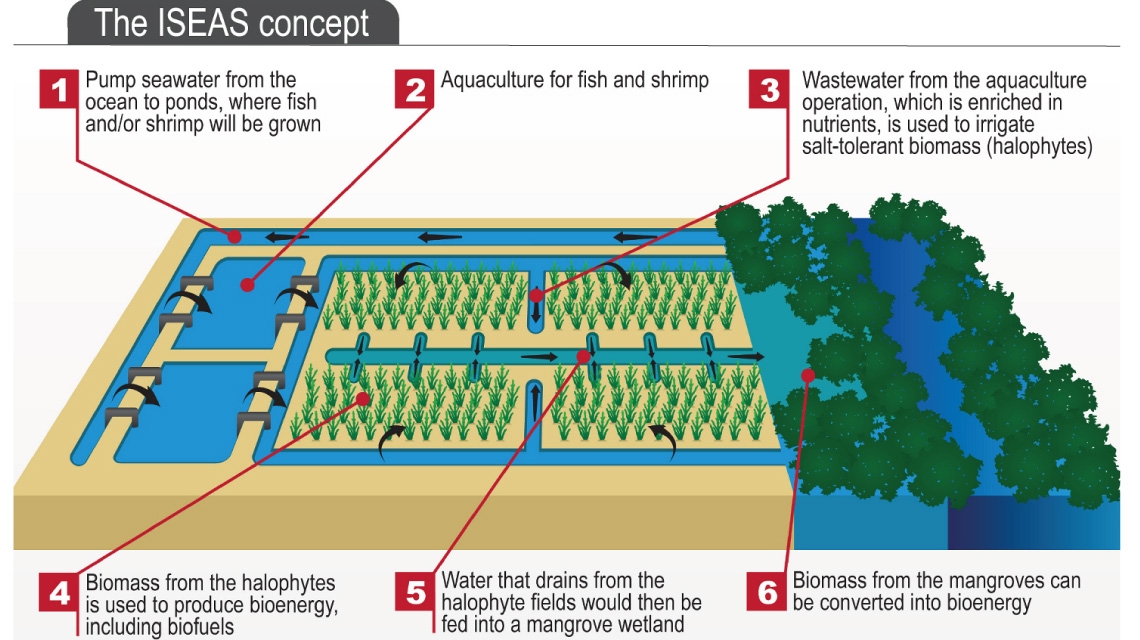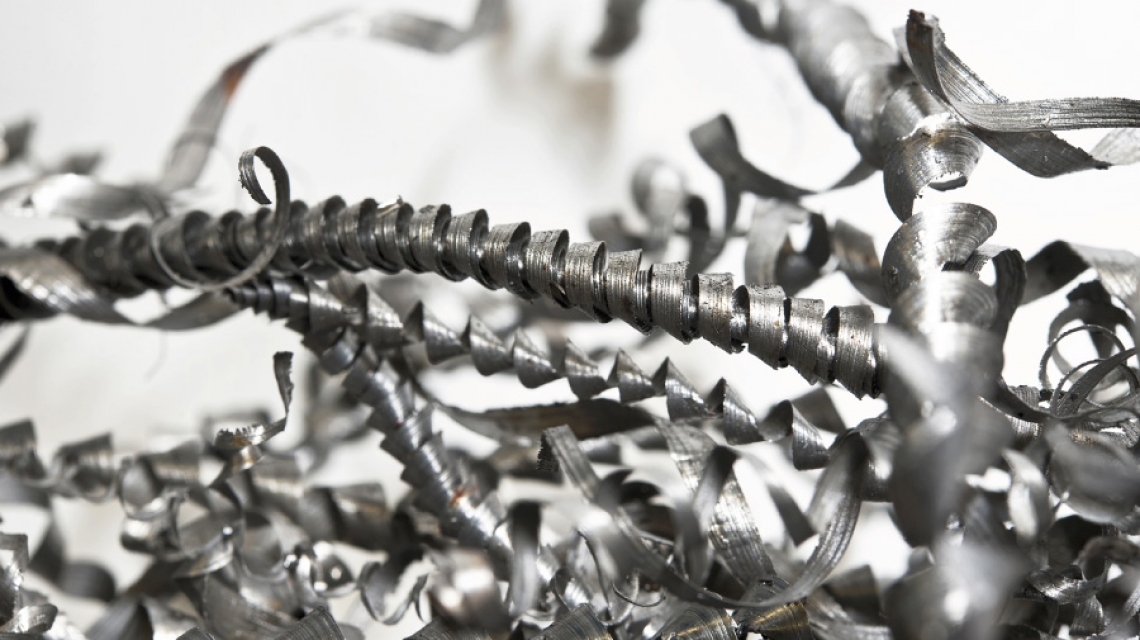
Abu Dhabi-UAE: 16 May, 2015 – Researchers at the Masdar Institute of Science and Technology are developing novel thermal energy storage (TES) materials from industrial waste that can store heat up to 1000°C, which can result in more efficient and reliable solar power generation in the UAE and all over the world.
Dr. Nicolas Calvet, Assistant Professor of Mechanical and Materials Engineering, Thermal Energy Storage Research Group Leader and lead faculty member in charge of the Masdar Institute Solar Platform, along with Kholoud Al Naimi, a Master’s student from Masdar Institute’s Materials Science and Engineering Program, is turning the waste produced during aluminum and steel manufacturing, known as aluminum dross and steel slags, into a low-cost, high-temperature thermal storage media capable of storing solar thermal energy for 24/7 power generation. The proposed storage media has targeted use in concentrating solar power (CSP) plants, which use energy from the sun to drive traditional steam turbines that generate electricity.
“In the UAE, landfilling aluminum and steel waste is forbidden. We have been working with Emirates Global Aluminum and Emirates Steel to collect this waste from them, taking the waste off their hands to create a useful, inexpensive device that can store thermal energy at very high temperatures. We can use it up to 1000°C without any problem of degradation or cracks,” said Dr. Calvet.
The 1000°C temperature aluminum waste is able to reach 400°C higher than the material traditionally used for thermal energy storage – molten salts.
“Currently, the only kind of material that can go to this high-temperature is very expensive. So we’re very excited about having a free material that can get this hot and how it will impact efficiency and cost of CSP plants in the future,” Al Naimi said.
Dr. Calvet and Al Naimi have successfully identified the ability of aluminum dross and steel slags to store heat at 1000°C, and they are now working on shaping this material so that it can effectively hold and transfer heat when needed. Once this work is done, they will begin developing a prototype at the Masdar Institute Solar Platform and Dr. Calvet plans to apply for a patent.
“During the production of aluminum and steel, their waste byproducts are obtained in molten form and can be easily poured into another container and cooled down without any additional treatment. We will modify this step and pour it into the mold of the heat exchanger we develop,” Dr. Calvet said.
Dr. Calvet and Al Naimi believe that improved TES materials that can reach higher temperatures will increase the operating temperature of a CSP plant, thus increasing its efficiency and reducing its costs.
“Developing efficient and inexpensive thermal energy storage devices is necessary if the UAE is going to see a greater uptake in solar energy. Right now there is a big focus on solar panels, but electricity generated by solar panels is still very expensive to store, especially at high power levels,” Al Naimi added.
While solar photovoltaic technology is currently the most popular form of solar energy technology, it has limitations, namely in energy storage. CSP is currently able to store solar thermal energy more affordably than PV – which relies on relatively expensive batteries – making it an attractive option for large scale power production. Moreover, CSP with TES produces constant power suitable for grid management.
In a CSP plant, excess heat is diverted to a storage material, which is usually molten salts, but it could be aluminum dross or steel slags, as proposed by Dr. Calvet and Al Naimi. When electricity is required after sunset, the stored heat is released into the steam cycle and the solar plant can continue to generate electricity all night long.
All CSP plants with TES have some ability to store heat energy for short and long periods of time, giving them a “buffering” capability that allows them to provide electricity production smoothly and eliminates the short-term variations other solar technologies exhibit during cloudy days.
Many researchers are looking at making TES systems more efficient and affordable, and by using a free waste byproduct that can reach higher temperatures, Dr. Calvet and Al Naimi may be leading in the development of next generation CSP technologies made in the UAE.


